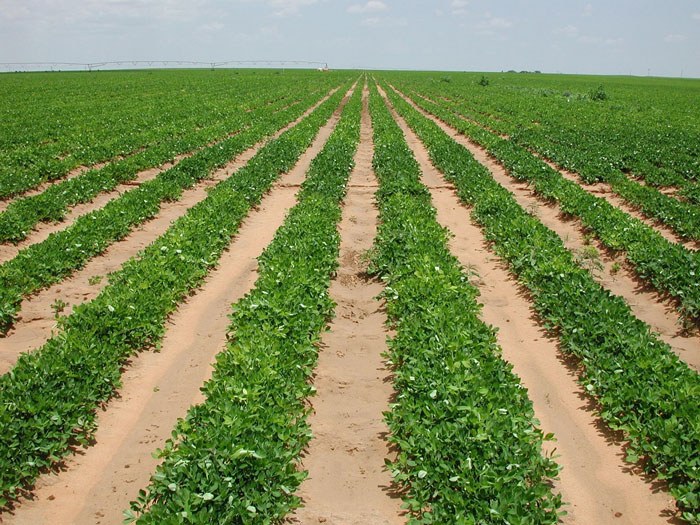
Much of the U.S. peanut crop was planted late, and some of those acres were further delayed by wet, cool conditions. But increased acreage—up 18 percent across the U.S. Peanut belt and 25 percent in the Southeast—could mean a lot of peanuts hitting the market this fall.
“We are blessed with peanuts this year,” said Scott Monfort, University of Georgia Extension peanut agronomist.
Monfort, speaking at the general session of the 17th annual Southern Peanut Growers Conference in Pine Mountain, Ga., Friday (July 24), said crop conditions across the Southeast are generally good, despite early setbacks. Hot weather in April tempted some farmers to plant early, but wet conditions later in the month set the crop back and “May was hot and dry.”
Monfort says delayed planting in some cases also may affect harvest timing. Disease pressure, including white mold and tomato spotted wilt virus, have also caused some concern across much of the Southeast.
He said reports from Alabama indicate some “skimpy stands. But the Southeast is poised to have a good crop.”
For the latest on southwest agriculture, please check out Southwest Farm Press Daily and receive the latest news right to your inbox.
A good crop in the Southeast, which pushed acreage up by 25 percent, will add to carry-over. A good yield, Monfort said, would mean U.S production at around 3.1 million tons from 1.6 million acres. “That may not be as big a crop as we made in 2012, but it also could be more than expected if rain continues.”
Monfort said other state agronomists report mostly increased acreage. Georgia planting is anticipated at 800, 000 acres; Alabama is at 215,000 and Florida growers have planted an estimated 180,000 acres of peanuts. Texas, he said, is up only 4 percent at 135,000 acres.
With that acreage and good yields, carryover is anticipated at 1.2 to 1.3 million tons from a 3.1-million-ton crop. “But we are concerned about late-planted peanuts.”
He’s also concerned for future crops as farmers look at peanuts as a better profit option than other crops and consider shortening rotation intervals.
About the Author(s)
You May Also Like






